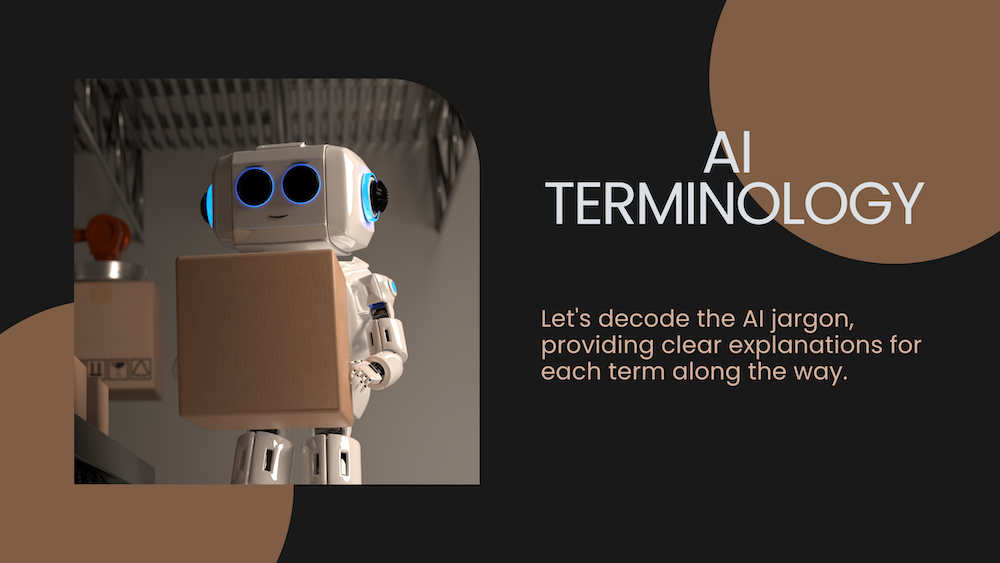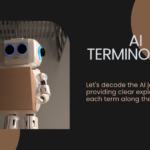As AI continues to evolve, mastering these concepts will enable you to stay ahead of the curve and contribute to the advancement of this transformative field.
Whether you're exploring the depths of quantum machine learning or defending against adversarial attacks, embracing these advanced concepts will empower you to harness the full potential of artificial intelligence in solving complex real-world problems.
These advanced terms represent the cutting edge of artificial intelligence research and application.
- Transfer Learning
Transfer learning is a machine learning technique where a model trained on one task is reused as the starting point for a model on a related task. By leveraging knowledge gained from one domain, transfer learning allows models to adapt and generalize to new tasks more efficiently, especially when labeled data for the new task is limited.
- Meta-Learning
Meta-learning, also known as learning to learn, involves designing models or algorithms that can learn how to learn. Instead of being optimized for a specific task, meta-learning systems learn a meta-level strategy for adapting and generalizing to new tasks quickly and effectively. Meta-learning has the potential to enable AI systems to become more versatile and adaptive in dynamic environments.
- AutoML (Automated Machine Learning)
AutoML refers to the automation of the machine learning pipeline, including tasks such as data preprocessing, feature engineering, model selection, hyperparameter tuning, and model evaluation. AutoML frameworks aim to simplify the process of building machine learning models, making it accessible to users with limited expertise in machine learning.
- Bayesian Optimization
Bayesian optimization is a method for optimizing black-box functions that are expensive to evaluate. By modeling the objective function as a probabilistic surrogate, Bayesian optimization efficiently explores the search space and directs the search towards promising regions, ultimately finding the optimal solution with fewer evaluations compared to traditional optimization methods.
- Transformer Architecture
The Transformer architecture is a deep learning model introduced in the field of natural language processing. Unlike traditional recurrent or convolutional neural networks, Transformers rely solely on self-attention mechanisms to capture dependencies between input tokens, making them highly parallelizable and capable of modeling long-range dependencies in sequences effectively. Transformers have become the cornerstone of state-of-the-art models in NLP, such as BERT, GPT, and T5.
- Adversarial Attacks and Defenses
Adversarial attacks involve crafting imperceptible perturbations to input data with the goal of causing misclassification or erroneous behavior in machine learning models. Adversarial defenses, on the other hand, aim to mitigate the impact of such attacks by enhancing the robustness of models against adversarial perturbations. Understanding adversarial attacks and defenses is crucial for developing AI systems that are resilient to malicious manipulation.
- Quantum Machine Learning
Quantum machine learning is an interdisciplinary field that explores the intersection of quantum computing and machine learning. By leveraging the principles of quantum mechanics, quantum machine learning algorithms promise to solve certain computational tasks more efficiently than classical counterparts. Although still in its early stages, quantum machine learning holds the potential to revolutionize various domains, including cryptography, optimization, and drug discovery.
- Federated Learning
Federated learning is a distributed machine learning approach where model training is decentralized and takes place on multiple devices or edge nodes. Instead of centralizing data on a server, federated learning allows models to be trained directly on user devices while preserving data privacy. Federated learning is particularly useful in scenarios where data cannot be easily transferred to a central location, such as mobile devices or IoT devices.
- Self-Supervised Learning
Self-supervised learning is a type of unsupervised learning where models are trained to predict certain aspects of the input data without explicit supervision. Instead of relying on labeled data, self-supervised learning algorithms generate pseudo-labels from the input data itself, typically through pretext tasks such as image inpainting, sequence prediction, or context prediction. Self-supervised learning has shown promising results in learning rich representations from large-scale unlabeled datasets.
- Cognitive Computing
Cognitive computing is a branch of AI that aims to mimic human cognitive functions, such as perception, reasoning, learning, and problem-solving. Unlike traditional AI systems, which focus on specific tasks or domains, cognitive computing systems are designed to understand and interact with complex, unstructured data in a more human-like manner. Cognitive computing has applications in diverse areas, including healthcare, finance, and education, where human-like reasoning and decision-making capabilities are desired.
February 20, 2024




